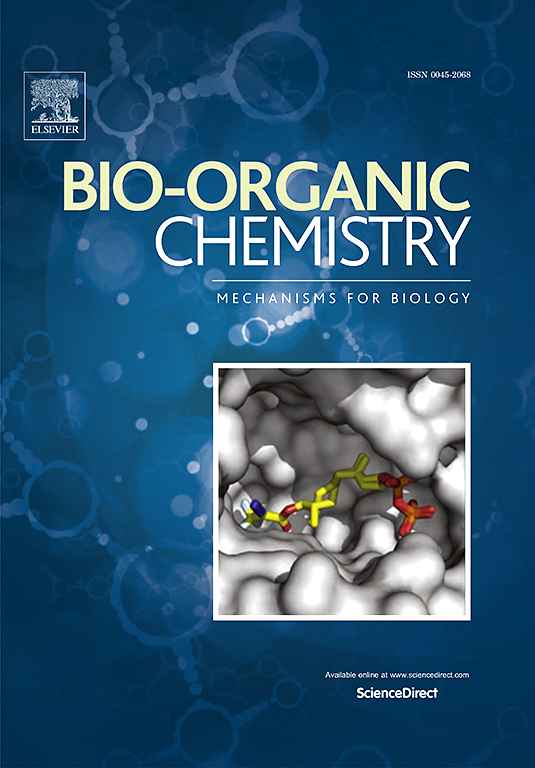Repurposing tavaborole to combat resistant bacterial infections through competitive inhibition of KPC-2 and metabolic disruption
IF 4.5
2区 医学
Q1 BIOCHEMISTRY & MOLECULAR BIOLOGY
引用次数: 0
Abstract
The rise of carbapenem-resistant Enterobacteriaceae (CRE) strains has emerged as an increasing threat to global public health. The development of antibiotic adjuvants presents an economical and promising approach to address this crisis. Through a high-throughput screen of the FDA-approved compound library, we identified tavaborole (AN2690) as a broad-spectrum β-lactamase inhibitor. The mechanistic study revealed that tavaborole formed a reversible binding with the active serine of KPC-2, showing effective competitive inhibition. Its electron-deficient boron atom formed a borate ester bond with hydroxyl group of the serine residue at the active site of KPC-2, transitioning to an sp3-hybridized state that mimicked the tetrahedral intermediate during KPC-2 catalytic. Moreover, transcriptomic analysis and bacterial metabolism assays further unveiled tavaborole addition can inhibit tricarboxylic acid (TCA) cycle, coupled with downregulation of intracellular ATP levels, indicating that tavaborole compromised the bacterial metabolic homeostasis and exerted synergistic antibacterial activity. Notably, the combination treatment further suppressed the development of meropenem resistance. In mouse intraperitoneal infection models, tavaborole effectively restored the efficacy of meropenem against CRE bacteria. These findings elucidate the synergistic mechanisms of tavaborole, expand its potential applications in anti-infection therapeutics, and provide a promising strategy for addressing CRE infections.

求助全文
约1分钟内获得全文
求助全文
来源期刊

Bioorganic Chemistry
生物-生化与分子生物学
CiteScore
9.70
自引率
3.90%
发文量
679
审稿时长
31 days
期刊介绍:
Bioorganic Chemistry publishes research that addresses biological questions at the molecular level, using organic chemistry and principles of physical organic chemistry. The scope of the journal covers a range of topics at the organic chemistry-biology interface, including: enzyme catalysis, biotransformation and enzyme inhibition; nucleic acids chemistry; medicinal chemistry; natural product chemistry, natural product synthesis and natural product biosynthesis; antimicrobial agents; lipid and peptide chemistry; biophysical chemistry; biological probes; bio-orthogonal chemistry and biomimetic chemistry.
For manuscripts dealing with synthetic bioactive compounds, the Journal requires that the molecular target of the compounds described must be known, and must be demonstrated experimentally in the manuscript. For studies involving natural products, if the molecular target is unknown, some data beyond simple cell-based toxicity studies to provide insight into the mechanism of action is required. Studies supported by molecular docking are welcome, but must be supported by experimental data. The Journal does not consider manuscripts that are purely theoretical or computational in nature.
The Journal publishes regular articles, short communications and reviews. Reviews are normally invited by Editors or Editorial Board members. Authors of unsolicited reviews should first contact an Editor or Editorial Board member to determine whether the proposed article is within the scope of the Journal.
 求助内容:
求助内容: 应助结果提醒方式:
应助结果提醒方式:


